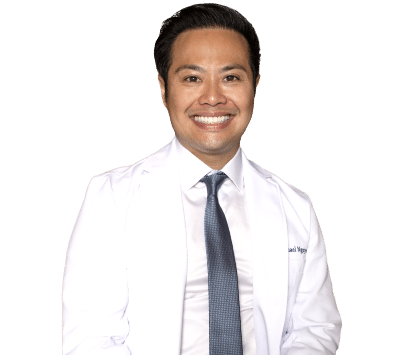How Do You Get Spider Veins? And Other FAQs About Spider Veins
How do you get spider veins?
Spider veins are one of the most common indications of chronic venous insufficiency (CVI), which is a condition that arises when the veins have difficulty sending blood from the leg back to the heart. The veins in the leg are responsible for carrying blood back to the heart. When the valves in the veins don’t work properly, it is called venous insufficiency or venous reflux.
The valves in the veins keep blood flowing in one direction, from the superficial veins to the deep veins, and then back to the heart. In people with CVI, the valves stop working properly, and blood flows backwards and pools in the leg veins. This pooled blood causes the veins to become enlarged, and over time, the veins can become twisted and tortuous.
Spider veins are the visible manifestation of CVI, and are usually seen on the surface of the skin as small, red, blue, or purple lines. They are often found on the legs, and can be found on other parts of the body as well. Spider veins are usually not painful, but can be unsightly. Some of the other signs and symptoms of vein disease include leg pain, leg swelling, and restless legs.
Why do women get spider veins more than men?
It’s commonly accepted that women are more likely to get spider veins than men. There are a few reasons for this, but the most likely explanation is hormonal differences. Women have a higher volume of estrogen and progesterone hormones, which can weaken your vein valves. And when your vein valves weaken, there’s a higher risk of chronic venous insufficiency, which leads to spider veins and varicose veins.
During pregnancy, the corpus luteum (a mass of cells that form in the ovary after an egg is released) produces high levels of progesterone. This hormone relaxes vein walls and decreases the elasticity of collagen, which makes veins more likely to bulge. Taking birth control pills can also increase the risk of spider veins because they contain synthetic progesterone. The same goes for hormone replacement therapy, which is often used to treat menopause symptoms.

Why do women get spider veins during pregnancy?
There are several reasons why women may experience spider veins during pregnancy. For one, the extra weight that comes with pregnancy puts added pressure on the veins in the legs. This can cause the veins to become dilated or stretched, and eventually, they may become visible through the skin, leading to spider veins and varicose veins.
In addition, the hormone changes that occur during pregnancy can also lead to the development of spider veins. As the body produces more estrogen, the walls of the veins may become weaker and more prone to damage. The weight of the fetus can also apply more pressure on the leg veins, leading to a higher risk of vein disease.
There are also certain lifestyle factors that can contribute to the development of spider veins during pregnancy. For example, standing for long periods of time can put additional strain on the veins in the legs. Wearing tight clothing can also exacerbate the condition. Exercising regularly, elevating the legs when possible, and wearing loose-fitting clothing can help.
What are the risk factors for spider veins?
Numerous factors contribute to the development of spider veins, including:
●Family history: If your parents or grandparents had CVI, you are more likely to develop the condition.
●Age: The risk of CVI increases with age.
●Gender: Women are more likely to develop CVI than men.
●Obesity: carrying extra weight puts extra pressure on the veins, which can lead to CVI.
●Pregnancy: the extra weight of pregnancy can contribute to CVI.
●Prolonged standing or sitting: this can cause the blood to pool in the veins and lead to CVI.
●Trauma: injuries to the veins can contribute to CVI.
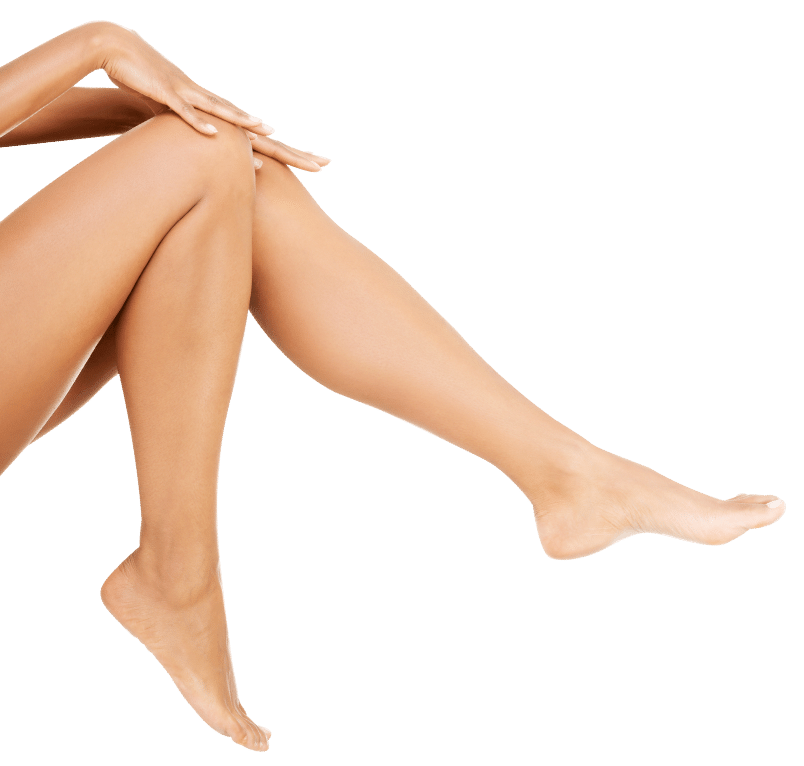
BOOK AN APPOINTMENT
Experiencing symptoms of vein disease? Book an appointment with one of the our Vein Specialists in New York.
Can my varicose veins explode?
It’s a valid question—after all, varicose veins are enlarged, often unsightly veins that can cause pain and other symptoms. But can they actually explode?
The short answer is no. Varicose veins may be large and unsightly, but they cannot explode. However, there are some serious and even life-threatening complications that can occur if varicose veins are left untreated, so it is important to see a doctor if you are experiencing any symptoms, such as bulging veins, leg heaviness, leg cramps, and restless legs.
Varicose veins occur when the valves in the veins that are responsible for keeping blood flowing in the correct direction become weakened or damaged. This causes the blood to flow backwards and pool in the vein, which enlarges the vein. While varicose veins are not dangerous in and of themselves, they can lead to blood clots and leg ulcers.
Blood clots are the most common complication of varicose veins. They occur when a blood clot forms in the enlarged vein. Blood clots can be extremely dangerous, as they can break free and travel to the lungs, where they can cause a pulmonary embolism. Leg ulcers can also occur because of the lack of effective blood circulation in the veins.
How to get rid of swollen varicose veins?
If you have swollen varicose veins, there are a few things you can do to get rid of them. First, try wearing compression stockings. These stockings apply pressure to your legs and help to reduce the swelling. You can also try to elevate your legs when you are sitting or lying down. This will reduce the pressure on your veins and reduce the swelling. But these methods can only provide temporary relief from some of the symptoms of vein disease. If you want to remove varicose veins and address the root cause of your vein problems, you must visit a board-certified vein doctor.
New York Vein Treatment is a group of state-of-the-art medical centers for vein treatment in New York. Our medical centers are led by board-certified vein doctors who carefully examine your leg veins, discuss your goals and concerns, review your medical history, and curate personalized minimally invasive vein treatment plans. We have offices in Midtown Manhattan and the Financial District — please schedule an appointment for your vein treatment in New York.
MEET OUR NEW YORK
VEIN SPECIALISTS
Dr.MICHAEL NGUYEN
Veins Specialist NYC
He leads the team of vein doctors offering the highest level of care at our Spider and Varicose Vein Treatment Center NYC.
HARVARD MEDICAL SCHOOL
Dr. JUAN D. MONTOYA
Veins Specialists NYC
Highly sought after for his expertise and excellent outcomes in Vein Treatments in Manhattan.
YALE MEDICAL SCHOOL
Dr. SAREH RAJAEE
Veins Specialists NYC
She has extensive experience with vein performing procedures based on New York City.
HARVARD MEDICAL SCHOOL
Learn more about our clinics, doctors and procedures!

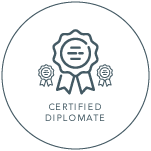
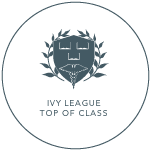
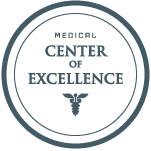



Contact us
Call us
Speak instantly with one of our team members; they will answer any questions you may have regarding insurance coverage, booking an appointment and our vein treatment locations. (332) 263-9984
Book online
Visit our Book Appointment page and instantly request an appointment at the New York vein center near you. We offer Free Insurance Verification before your appointment.
Get directions
Learn how to easily get to the New York vein center.
FEATURED POSTS BY VEIN DOCTORS
Best Treatment for Spider Veins in Upper East Side, NY
Best Treatment for Spider Veins in Upper East Side, NYYou may have noticed clusters of thin, reddish-purple veins spreading across your legs, ankles, or face. At first, they might have seemed like a minor cosmetic issue—a few visible veins that didn’t cause much...
Treat Venous Reflux at Upper East Side’s New Vein Clinic
Treat Venous Reflux at Upper East Side's New Vein ClinicYou may have noticed heaviness, aching, or swelling in your legs, especially after standing for long periods. Perhaps your legs feel restless at night, or you see bulging veins beneath the skin. These could be...
Sclerotherapy for Varicose Veins in Upper East, New York
Sclerotherapy for Varicose Veins in Upper East, New YorkHave you ever noticed clusters of thin, web-like veins spreading across your legs or experienced persistent aching, heaviness, or swelling? These symptoms might seem minor initially, but they could indicate...
Best Treatment Options for Spider Veins in Bronx, New York
Best Treatment Options for Spider Veins in Bronx, New YorkYou’re getting ready for an outing, but you feel self-conscious about the thin, web-like veins visible on your legs. You wonder if they’re purely cosmetic or indicative of a deeper issue. Perhaps you’ve...
